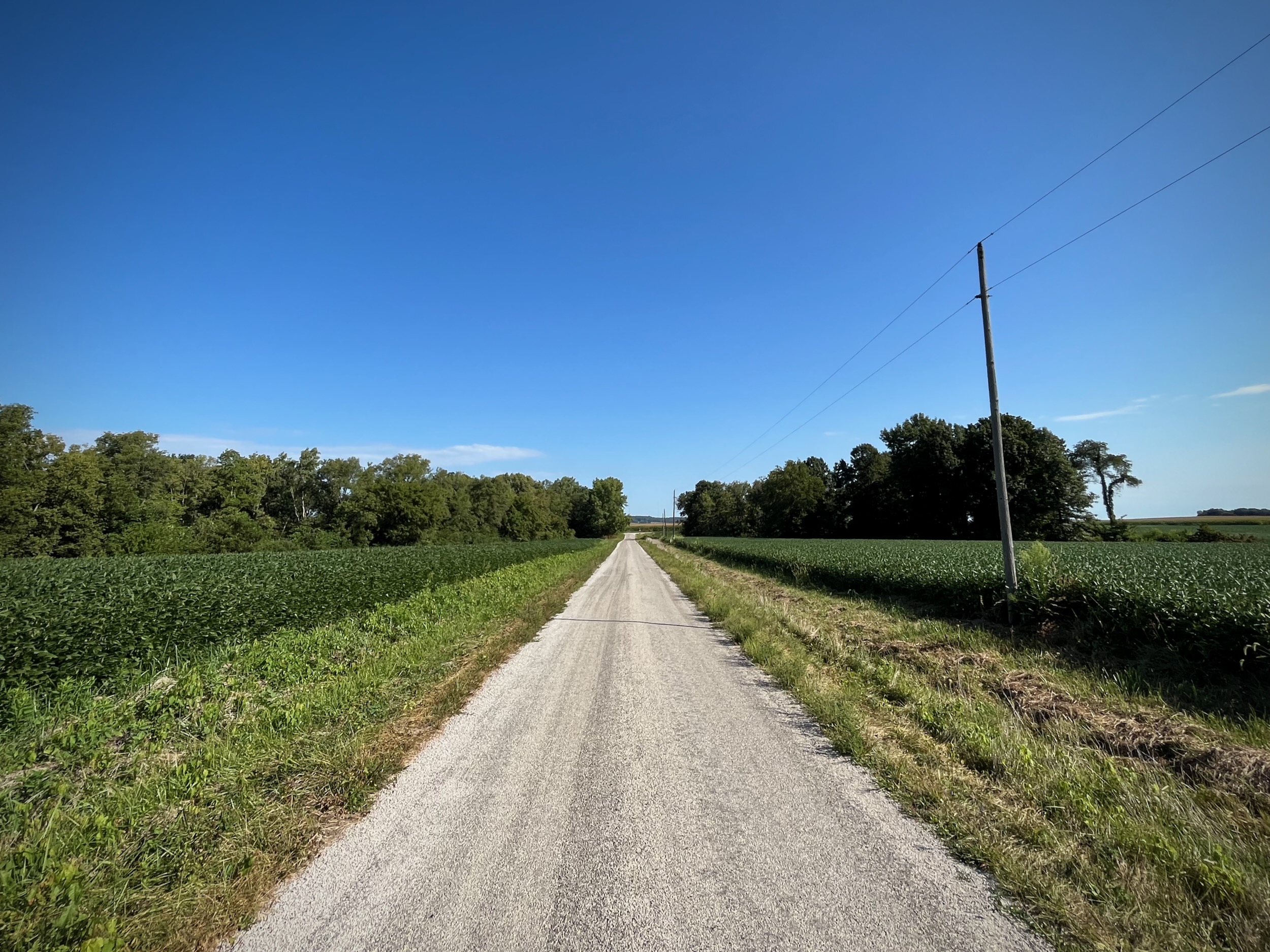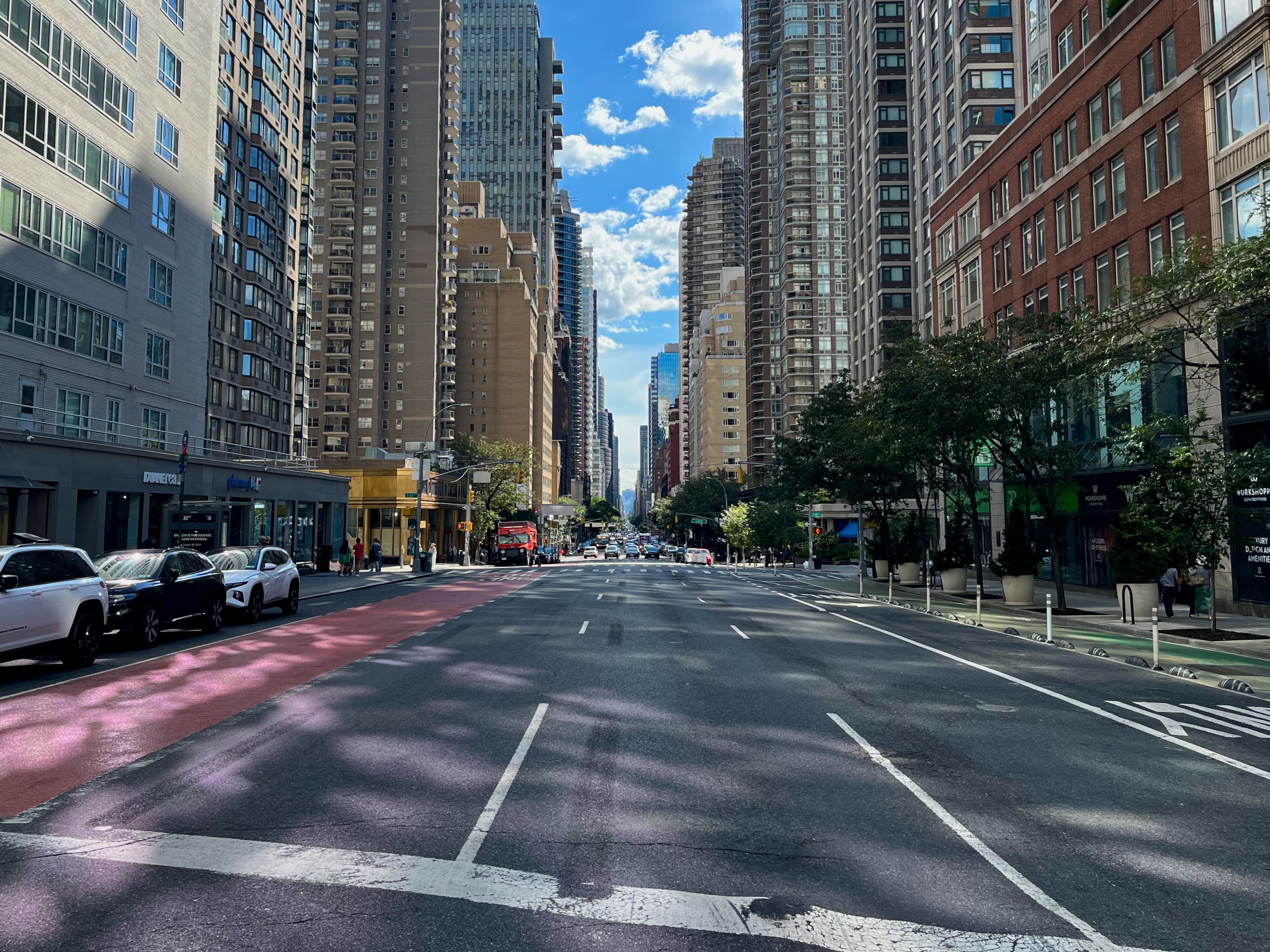(echoes and origins)
On phlogiston and resistors, feathers and mitochondria, crossroads and canyons, beginnings that spiral and those that fade.
I left Woodland for a stretch of weeks in New York. Out there, among the fields, the roads run straight, bordered by crops and power lines, time marked by the regularity of planting and harvest. Here, among the towers, everything is layered: geology and harbor, surveyor’s grids, steel frames, financial abstractions. I came to write, to think, to work through experiments that keep asking more questions than they resolve. Above all, I came to search for the next breakthrough, or at least for the conditions that let one appear.
Science is a patient collector of origins. Some ideas are sparks that ignite cascades, whole domains branching from a simple insight. Others flare brightly for a time and then vanish, leaving only the faint trace of their names in textbooks. The history of phlogiston is as much a part of science as the resistor, though only one became a causal set that opened entire new domains of possibility. Phlogiston was a theory of combustion that imagined a weightless substance released when things burned. For decades it explained fire and rust, until oxygen chemistry overturned it entirely. The effort was real, the connectivity wide, but the recursion was empty. The resistor, by contrast, was small and plain, yet inside it was a pattern that repeated. It made possible the entire stack of electronics— radios, computation, networks— an infinity folded into a strip of material.


Mathematics gives us an image of this distinction. In fractals, some seeds unfold into infinite repetition, spiraling patterns that generate more the deeper you look. Other seeds yield only smoothness, their recursion quickly exhausted. The Mandelbrot set contains both: endless spirals and barren regions coexisting in the same system. If ideas behave like this, then history is a record of which seeds spiraled and which collapsed.
I like to imagine an equation that might capture the quality:
C(i) = Effort(i) × Connectivity(i) × Timing(i) × Recursivity(i)
Effort is the labor, the human investment. Connectivity is the network, the channels of communication and influence. Timing is the readiness of the world to receive it. Recursivity is the hardest to see: the ability of an idea to echo at new scales, to generate disciplines from a single insight. The resistor scored high on recursivity. Phlogiston, for all its connectivity, scored nearly zero. Manhattan was a seed with timing, effort, and connectivity aligned. A rural road intersection has effort and continuity, but its recursion remains modest.
Biology offers its own examples of causal sets. Feathers began as insulation and ornament, but under the right pressures they cascaded into flight, remaking the biosphere. Mitochondria were once free-living bacteria; their merger into ancient cells seeded the causal set of complex life, a recursion that still multiplies in every heartbeat. Not every mutation or merger carries such depth. Many vanish, unamplified. Some are sparks that catch; others drift back into silence.
To have a sensor for this would be extraordinary. A kind of x-ray for causal depth. To walk among today’s ideas and feel which carry centuries, which are tributaries to great rivers, which are bounded streams fading into gravel.
Yet the paradox is inescapable. If we could see causal depth too clearly, would we still wander the cul-de-sacs? Would we still invest in the noble failures, the dead ends that teach as much through their wrongness as through their correctness? Even phlogiston, though disproved, fertilized chemistry. Its errors sharpened the edges of oxygen theory. Its collapse cleared the stage for Lavoisier’s new language. Not every seed must spiral forever. Some matter precisely because they fail.
So the thought experiment loops back on itself. The fantasy of a sensor for causal sets is alluring, but perhaps impossible in principle. To observe too directly would collapse the wave of possibilities into certainty. The best we can do is listen for faint traces: goose bumps when an idea feels alive, intuition shaped by the sediment of history, the uncanny sense that some beginnings carry more gravity than others.
That is why I read origins. That is why I left Woodland for Manhattan, carrying both in mind at once. To stand in the rural road and the city canyon, to feel continuity in one and recursion in the other. To practice the sense of causal depth, however imperfectly. And to wonder, always, which of our own beginnings will spiral into futures we cannot yet see, and which will quietly dissolve back into the soil.